Who knew an online design festival could be so damn sexy? The ‘Virtual Design Festival’, or VDF, has been our tasty lockdown mistress. And, minus the family time, she’ll be the only thing we’ll miss once this awful period passes.
But this gem isn’t for our eyes only. It’s an online hub for architects, housebuilders, interior designers, product designers- in fact anyone interested in beautiful design is free to escape to this revolutionary platform. It’s purpose is to bring together the design and architecture worlds, and to explore how we can adapt and respond to extraordinary circumstances. Think online talks, lectures, visual inspiration, product launches and oh-so-sexy forward thinking.
And guess what? It’s so good, it’s sticking around a little longer. More and more brands want to get involved, so they’ve extended their schedule by 10 more days, and will be releasing mind-boggling content and material until 10 July 2020.
So if you haven’t already, grab a coffee, and take a mooch: Virtual Design Festival
This virtual world is made for innovation, and collaboration. And we love it.
So we thought we’d share a gentle tease of the latest content. And since we’re all tiptoeing back to the office, (the real office, not the makeshift home type), here’s some talk of what our future working environments might look like.
The Cubical will become normal post covid-19.
Open plan office designs have long been the norm. But, since the scars of social distancing will be no easy heal, architects are forced to rethink our 9-5 home. Paul Ferro, co-founder of Form4 Architecture, suggests that a cubical layout is the way forward. In his latest works, he’s put together a guide to help us all embrace our new working environment and culture.
So here’s the deal. The architecture studio shares the view that offices will need to reduce densities, widen walkways and remove almost all shared spaces. These design challenges will need to be at the forefront of architects mind when designing new office builds, but adapting existing offices to post-pandemic ideals will be no easy feat. As a quick fix, the studio suggests the addition of dividers between desks in large open-plan offices, and for future planning, there is talk of the reintroduction of cubicle-led design.
Ferro notes that, ‘Something approximating the cubicle will become normal in the open office...desks will be surrounded by taller partitions and/or screens and we will likely see the use of canopy elements that partially extend above each workstation... Before Covid-19, we had the open-plan, more dense than ever’ office interior spaces were designed to include, ‘various forms of meeting and collaboration spaces; presentation and training spaces; alternative work spaces; shared furniture; break rooms and cafes; lounges and game rooms; open stairs between floors; and a preference for the mega floor plate versus multiple stories – all of which are intended to maximise interaction and collaboration.’
But today, interaction and collaboration in the traditional sense doesn’t seem so appealing. A global, and likely long-lasting, sense of social distance conditioning has taken effect, and architects, housebuilders, developers, interior architects and interior designers are all searching for a balance between togetherness and isolation. Ferro outlines his solution to create safe collaboration spaces: ‘workstations can be arranged to encompass a team-dedicated 'courtyard,' sized and configured to provide the right distancing to allow for discussions while maintaining healthy separation.’
So, in short, the office of today will be adapted. And the office of tomorrow will require a complete redesign. This pandemic will not stop work, though. In fact, it will bring the construction industry more work than ever. Because social distancing has given us an opportunity to rethink our working environment, and to redefine what our offices should look like moving forwards.
The Dancing Office
Live Interview with Stephan Hürlemann as part of Virtual Design Festival
And here’s some more contemporary thinking. Stephan Hürlemann, a Zurich-based architect and designer, has developed ‘The Dancing Office’ concept. Considering his seriously cool portfolio of furniture, product, interiors and exhibition design, Hürlemann’s modern twist on the traditional office is no real surprise. His concept consists of moveable partitions that allow office spaces to be reconfigured spontaneously and easily. Take note of the ‘Dancing Wall;’ it’s a multi-functional, mobile partition designed by Hürlemann for Vitra in 2018, and it’s going to help workplaces get work ready for 2020 and beyond.
We love the versatility of the product. It’s designed to divide an office space into different zones and layouts with ease, and each partition features a metal frame that can be configured in a variety of ways. It can be a bookshelf. Or a monitor unit. Need a pinboard? Oh wait, an extra desk. Choice feels nice. And dancing does too…
Hürlemann concept of the Dancing Office was developed to encourage office workers to be active participants in their working environments. He states that, ‘an important characteristic of Dancing Office is the fact that it motivates users to take initiative and to become actors in their working environment.’
Here at UK Brick, we are not actors. Our bricks do take center stage, though ;)
The interior and exterior floor plans of offices will no doubt look different in this new age of design. We’re ready to see the exciting new solutions and builds that follow. And the facing brick that covers the walls of tomorrow should be extraordinary too. That’s why we will continue to support and adapt to the new working culture, and our clients needs. Here’s some inspiration from our latest office projects, all built with UK Brick bricks:
Project: OfficesArchitect: A-Lab architectsBricks: RT 155 LinearBrick Colour:
Qualities: Long Format, Elongated, Waterstruck, Textural, Soft Mud, Grey, Multi-tonal
UK Brick Smoked Linear facing bricks on a massive office building in Oslo.
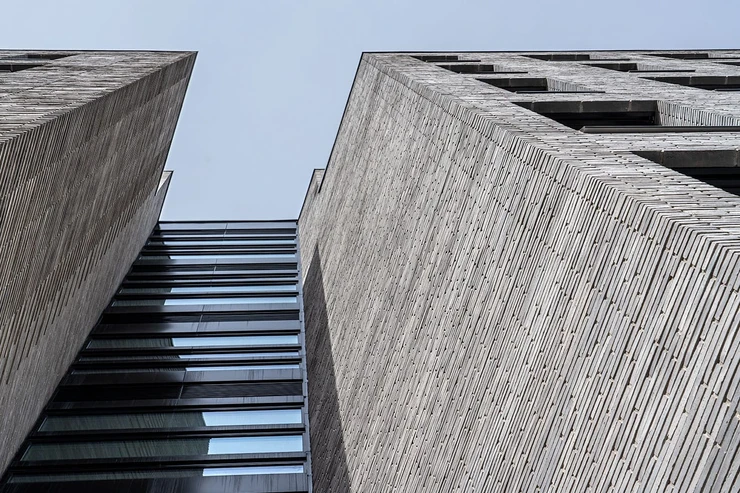
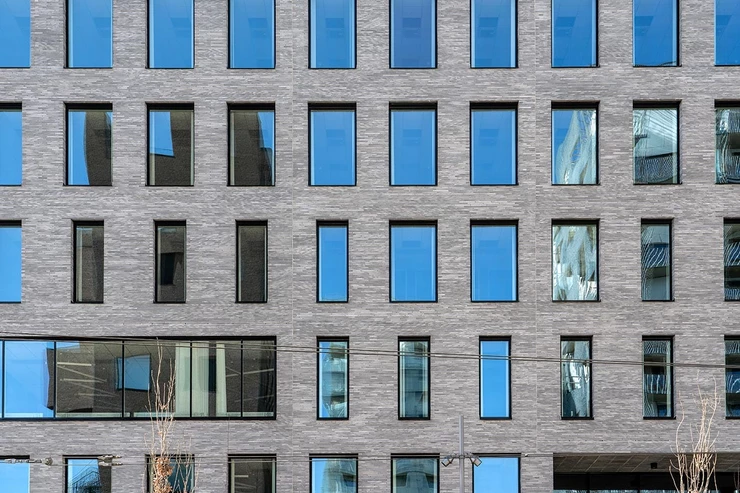

Project: University Building.Institute for Biomedicine at Aarhus.
Architect: Cubo
Bricks: RT 207
Brick Colour: Yellow
Qualities: Standard Size Brick, Waterstruck, Consistent Surface Texture, Soft Mud, Multi-Tonal, Yellow, Clay, Nude, Cream, White.
Not quite an office, but too good to skip past. This University building is a fusion of traditional and contemporary design.
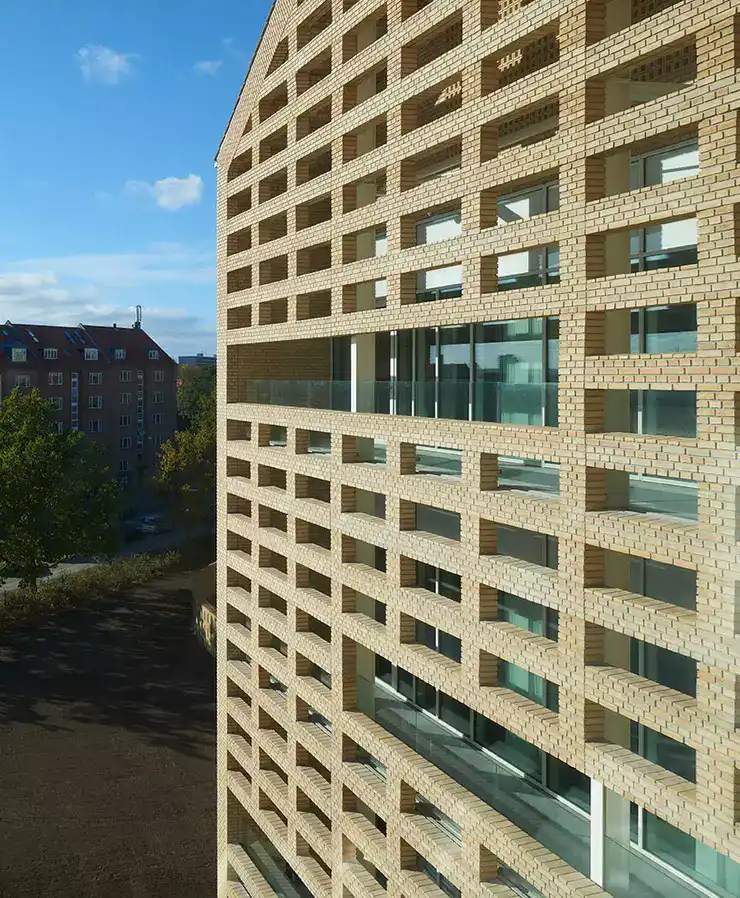
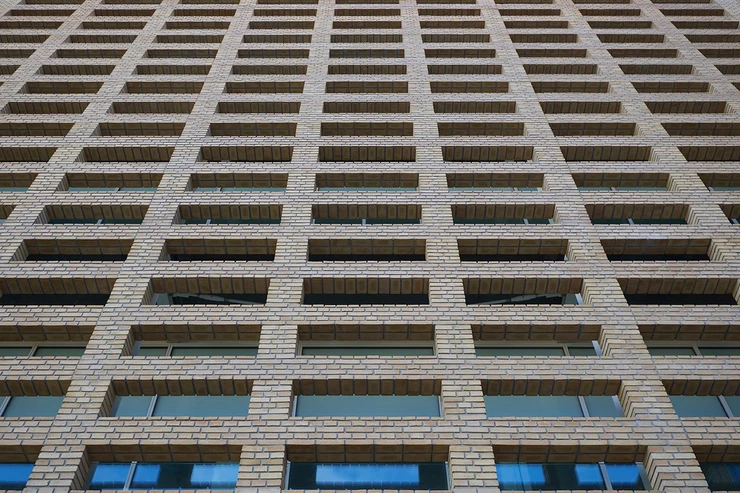
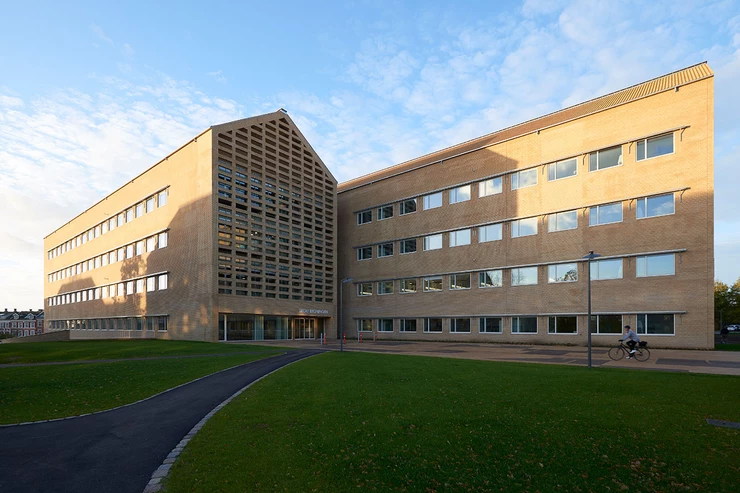
Project: Office BuildingArchitect: Griff ArchitectsBricks: RT 157 LinearBrick Colour:
Qualities: Long Format, Elongated, Waterstruck, Textural, Soft Mud, Multi-Tonal, Brown, Bronze, Sand.
Exclusive masonry, in red-brown UK Brick long-format brick; used for interior and exterior for a stunning overall expression.
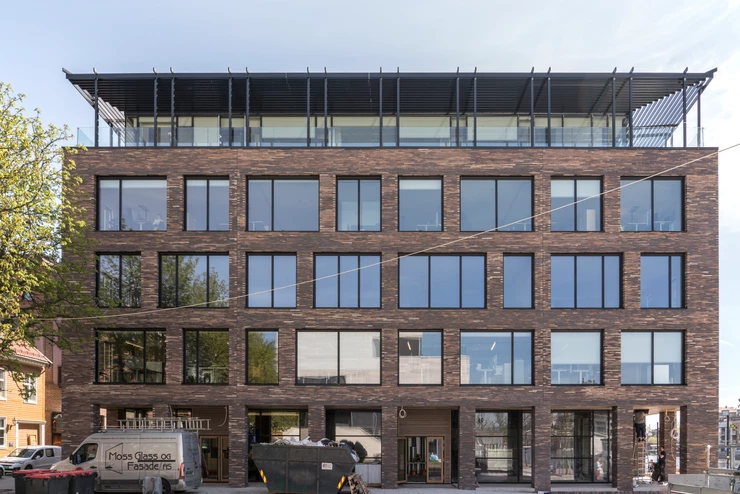

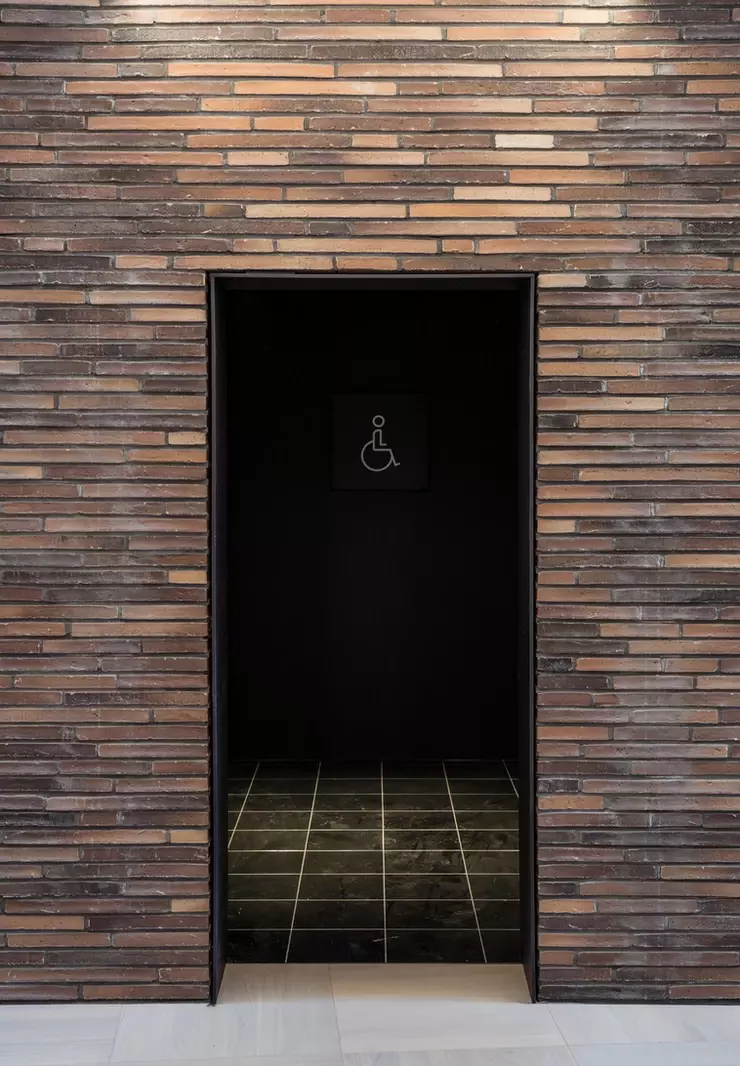

Helping Hands: Get In Touch
Since every build is unique, the best way for us to help is to hear a little more about your build. If you have a colour in mind, we can help find the exact tone and collection
Please get in touch!
chris.flynn@uk-brick.com